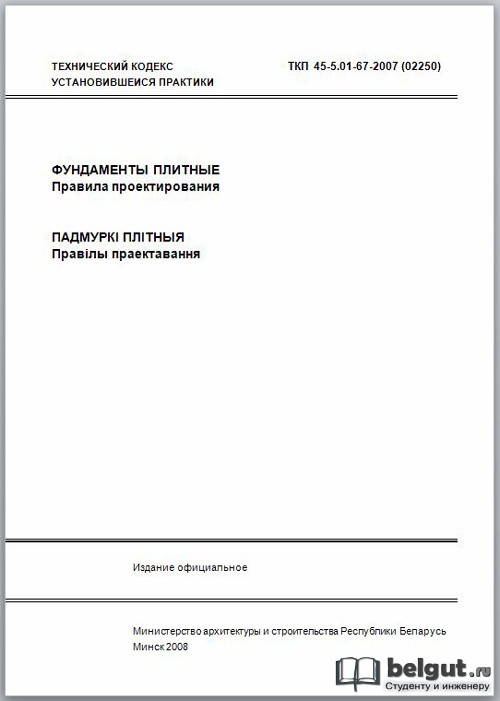Breaking News
Main Menu
Tkp 45 201 111 2008 02250
воскресенье 10 февраля admin 56
Abstract In volcanically and seismically active rift systems, preexisting faults may control the rise and eruption of magma, and direct the flow of hydrothermal fluids and gas in the subsurface. Using high-resolution airborne imagery, field observations, and CO 2 degassing data on Aluto, a typical young silicic volcano in the Main Ethiopian Rift, we explore how preexisting tectonic and volcanic structures control fluid pathways and spatial patterns of volcanism, hydrothermal alteration and degassing. A new light detection and ranging (lidar) digital elevation model and evidence from deep geothermal wells show that the Aluto volcanic complex is dissected by rift-related extensional faults with throws of 50–100 m.
October 1, 2007 - September 30, 2008. WorkCentre Pro – 35, 45, 55, 65, 75, 90, 123, 128, 133, 165, 175, 32, 40, 2128. IFAX / SFAX Feature (301K10451). Available to DocuTech 135 Model III only and should be ordered for Customers. XEScan Scan to File Solution SW v1.5 (TKP). Thus, Article 45 about the requirements for the protection of. Another document is SNIP III-42-80 Rules of production and acceptance. Application of the methods as described in GOST 12.1.004 [96] and TKP 474 [97] is. 18 where n – number of units at a given facility.
Mapping of volcanic vent distributions reveals a structural control by either rift-aligned faults or an elliptical caldera ring fracture. Soil-gas CO 2 degassing surveys show elevated fluxes (>>100 g m –2 d –1) along major faults and volcanic structures, but significant variations in CO 2 flux along the fault zones reflect differences in near-surface permeability caused by changes in topography and surface lithology. The CO 2 emission from an active geothermal area adjacent to the major fault scarp of Aluto amounted to ∼60 t d –1; we estimate the total CO 2 emission from Aluto to be 250–500 t d –1. Preexisting volcanic and tectonic structures have played a key role in the development of the Aluto volcanic complex and continue to facilitate the expulsion of gases and geothermal fluids. This case study emphasizes the importance of structural mapping on active rift volcanoes to understand the geothermal field as well as potential volcanic hazards. INTRODUCTION Existing fault structures can play a significant role in the development of a volcanic complex, ultimately providing high permeability pathways for magma, hydrothermal fluids, and gas to ascend to the surface (e.g.,;;; ).
Leica geo office manual. Leica Geo Office survey and engineering software allows you to utilise the full potential of you data. With Leica Geo Office software you can view and manage your TPS, GPS and Level data in an integrated way. It also allows you to process independently or combine your data. Leica Geo Office, one integrated office software for all your instruments. Combined network adjustments. All components integrated in one software Leica Geo.
Understanding how preexisting structures such as regional tectonic faults and caldera ring faults affect fluid flow to the surface is a major task in defining the evolution of rift zones and has important implications for mineralization, geothermal exploration, and the assessment of volcanic hazard. Recent work, specifically focused on hydrothermal venting and volcanic degassing (; ), has shown that while preexisting structures may control permeability at the edifice scale, at smaller scales these structural controls may be obscured by localized near-surface permeability variations. These local influences may include (1) lithological variations, where fluids will preferentially migrate along high permeability layers (e.g., poorly consolidated tephra layers) and (2) topographic controls, where the stress field induced by gravitational loading causes fracturing parallel to topography, and focuses pathways for steam and other gases toward topographic highs (). To understand how large-scale structures influence active volcanic processes it is useful to look at the surface expression of different volcanic fluids (i.e., magma, hydrothermal fluids, and gas) across a variety of scales to disentangle large-scale structural controls from these localized near-surface permeability variations.
